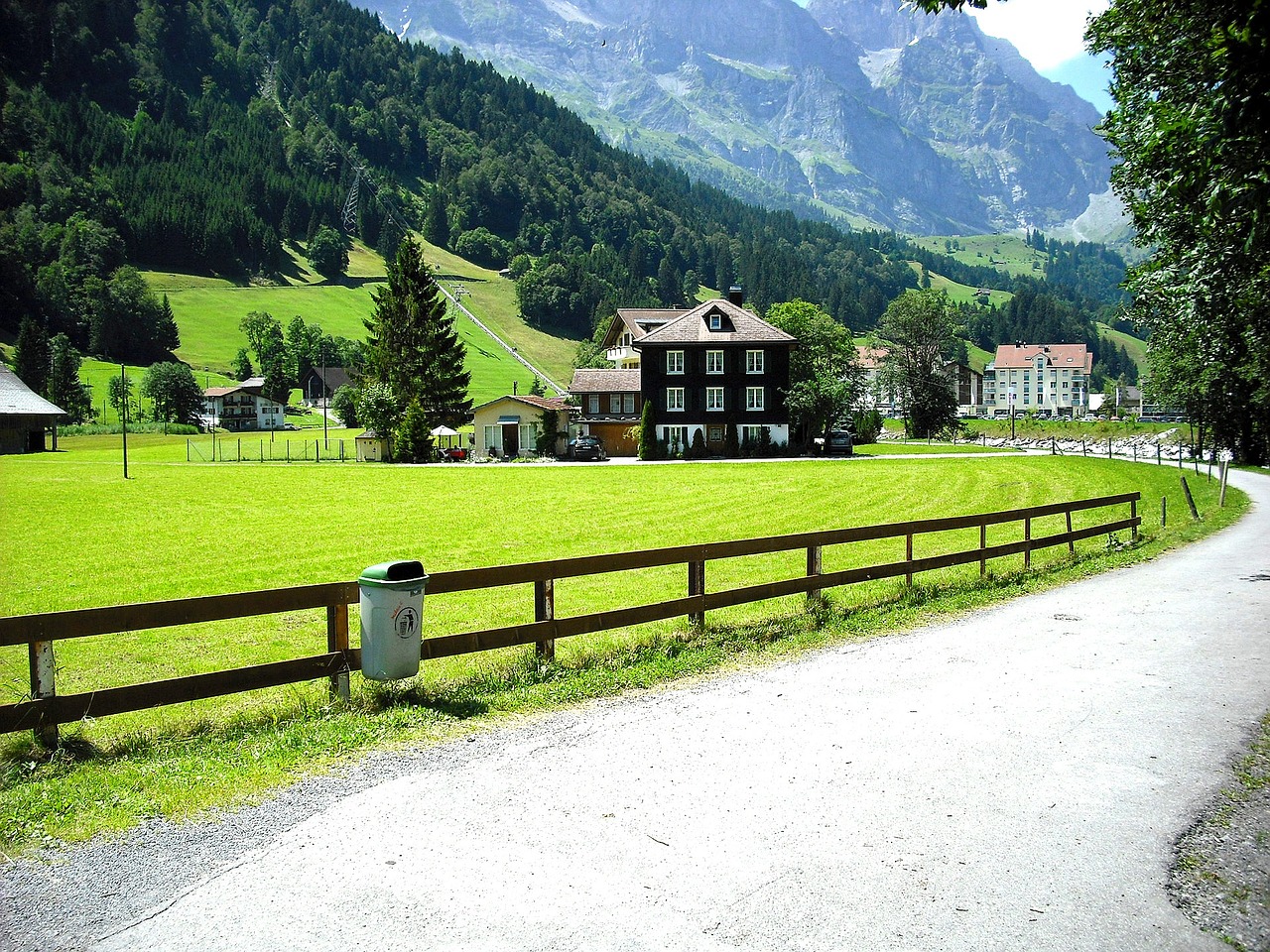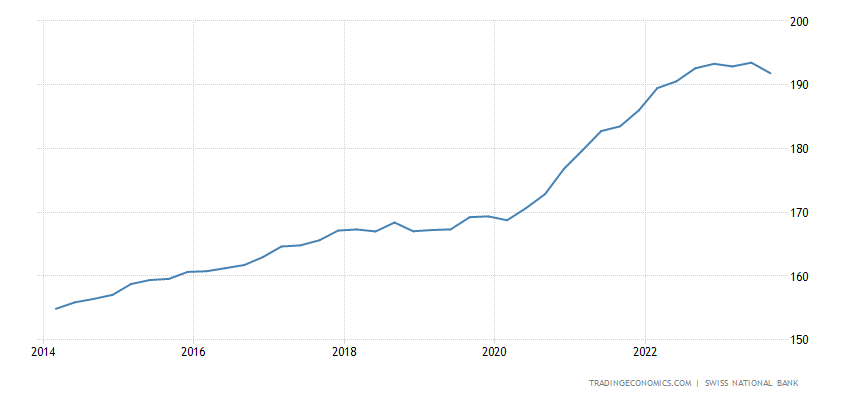Economy and business
Switzerland needs more houses, even building in the countryside

All of Europe is seeing a population decline. Switzerland, which is outside the EU, is seeing continued population growth and is heading toward 9 million inhabitants, a lot for a small, mountainous country.

All this, however, comes with problems, precisely because land is scarce and inhospitable at times. Where do we put all these inhabitants?
Some are beginning to think that it is right to start building outside the cities, precisely to give vent to the need for new housing, especially from a forward-looking perspective. Tio report highlights this in an interesting article:
As NZZ reports, the need for living space today is higher than ever. According to forecasts by the Federal Statistical Office (FSO), Switzerland will reach the 10 million population threshold between 2034 and 2040. The task of the federal government and the cantons is to ensure enough building areas. But, as Daniel Steffen, an economist at the University of Lucerne, points out, “the reserves will hardly be sufficient to accommodate the entire projected population growth.” Moreover, Hofer adds, “It is too easy to add up all the available building zones. This is a purely urbanistic approach. Reserves must be available in the right place.”
According to a recent report by the Federal Office for Spatial Development (ARE), there are far more buildings outside building zones than previously thought. Compared to previous surveys—the last one was in 2019—the number has increased by 23,000 to 618,000. The canton with the largest number of these properties is Bern (82,000), followed by Graubünden (33,000), St. Gallen (31,000), and Valais (29,000), as well as Lucerne and Ticino (both 28,000).Not only that, but the costs of building land are rising greatly. In Zurich, for example, prices of up to 12,000 francs per square meter must be expected, even for small housing projects. This means three to four million francs for a small apartment.
So people are beginning to look at the urbanization of non-urban areas, creating new urbanized areas that will be the basis for an expansion that seems not to be postponed, not least because prices are very high for real estate. Here is a graph showing the evolution of Swiss real estate prices

The problems are not completely solved, however, not least because Switzerland is extremely mountainous, so building exploitation will come to penalize agricultural activity in the less abundant building areas.
However, it is interesting to note that while Italy and Germany have population problems, Switzerland does not. Who knows why?






